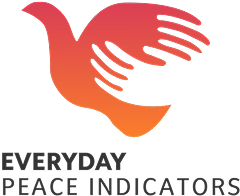Since the 1960s, Colombia has faced a protracted internal armed conflict, marked by widespread political and social violence that has heavily impacted rural and urban communities. The violence–driven by insurgent groups, paramilitary forces, drug traffickers, the military and police–has resulted in massive human rights violations, including hundreds of thousands of killings and disappearances and millions of people internally displaced or seeking refuge in other countries.
Colombian governments and non-state armed actors have made several attempts at peace. The 2016 peace agreements between the FARC and the Colombian government aimed to be comprehensive, addressing political, economic, legal and technical issues, including land distribution and the rights of conflict victims. These agreements established a transitional justice system that includes the Truth Clarification and Coexistence Commission, the Special Jurisdiction for Peace and the Unit for the Search of Disappeared Persons. Together with the National Historical Memory Center and the Unit for Attention and Reparation for Victims, they created a framework for reparations and reconciliation.
Since 2019, EPI has worked in regions across Colombia, including Antioquia, Cauca, Sucre, Sumapaz and the territory of the Indigenous Pastos people. These areas have experienced systematic violence and are known for strong community organization. EPI has collected nearly 7,700 everyday indicators of peace, justice and coexistence in 44 communities. The indicators have been coded and analyzed to better understand and compare the perspectives of rural, urban and peri-urban groups, including peasants, Indigenous peoples, Afro-descendant populations and ex-combatants.
Our analysis has been published in a comprehensive report entitled Dogs Bark At Night: Everyday Peace Indicators in Colombia (2025).
































